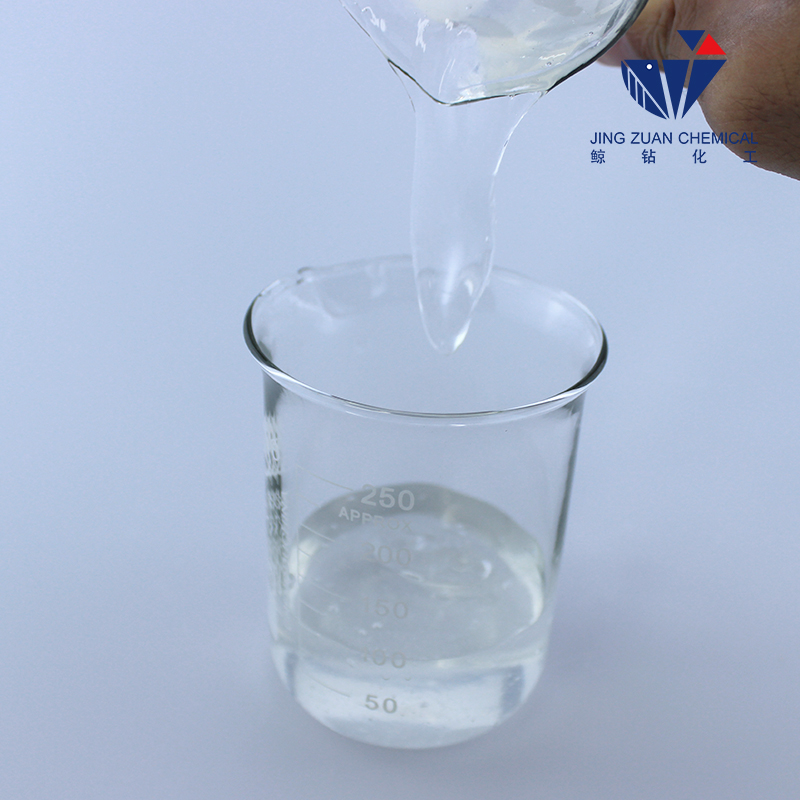
Dec . 16, 2024 23:12 Back to list
Understanding the Applications and Uses of HPMC in Various Industries
What is HPMC Used For?
Hydroxypropyl methylcellulose (HPMC) is a versatile polymer that finds a variety of applications across different industries due to its unique properties. As a non-ionic cellulose ether, HPMC is derived from natural cellulose, making it a popular choice in formulations where biocompatibility is essential.
One of the primary uses of HPMC is in the pharmaceutical industry. It serves as a binder, stabilizer, and controlled-release agent in drug formulations. When used in tablet production, HPMC helps in maintaining the desired shape and integrity of the tablet. Additionally, its ability to form emulsions can aid in the disintegration of tablets, allowing for the controlled release of active pharmaceutical ingredients (APIs). This is particularly beneficial for patients requiring targeted drug delivery systems that minimize side effects and maximize therapeutic effects.
What is HPMC Used For?
Another important area where HPMC is applied is in the food industry. It serves as a food additive, functioning as a thickener, stabilizer, and emulsifier. The use of HPMC in food products improves texture and mouthfeel, which are critical factors in consumer acceptance. It is particularly prevalent in gluten-free baking, where it helps to provide structure and mimic the textural properties typically contributed by gluten. By adding HPMC, manufacturers can create gluten-free products that are not only palatable but also have improved shelf life.
what is hpmc used for

The construction industry also benefits from the properties of HPMC. It is often used in cement and gypsum products as a water-retentive agent, which allows for improved workability and extended open time during application. This means that workers can spread and manipulate the material without it drying out too quickly, facilitating better adhesion and reducing the likelihood of cracking and other defects. Furthermore, HPMC can contribute to the overall strength and durability of construction materials, making it a valuable additive.
In the cosmetic and personal care sector, HPMC is employed in various formulations due to its thickening and stabilizing properties. It is commonly found in lotions, shampoos, and conditioners, where it enhances texture and improves the consistency of the products. HPMC also acts as a film-forming agent in cosmetic applications, providing a smooth and even application.
Lastly, HPMC plays a crucial role in various industrial applications, such as coatings and adhesives. Its film-forming capabilities allow for the creation of protective layers on surfaces, which can enhance durability and resistance to moisture and environmental factors.
In conclusion, hydroxypropyl methylcellulose (HPMC) is an exceptionally multifunctional substance that finds applications in several industries, including pharmaceuticals, food, construction, cosmetics, and industrial manufacturing. Its unique properties, such as binding, thickening, and stabilizing, make it an invaluable ingredient that enhances product performance and quality across diverse fields. As research continues, the potential uses for HPMC are likely to expand, further solidifying its status as an essential component in modern formulations.
-
Versatile Hpmc Uses in Different Industries
NewsJun.19,2025
-
Redispersible Powder's Role in Enhancing Durability of Construction Products
NewsJun.19,2025
-
Hydroxyethyl Cellulose Applications Driving Green Industrial Processes
NewsJun.19,2025
-
Exploring Different Redispersible Polymer Powder
NewsJun.19,2025
-
Choosing the Right Mortar Bonding Agent
NewsJun.19,2025
-
Applications and Significance of China Hpmc in Modern Industries
NewsJun.19,2025







